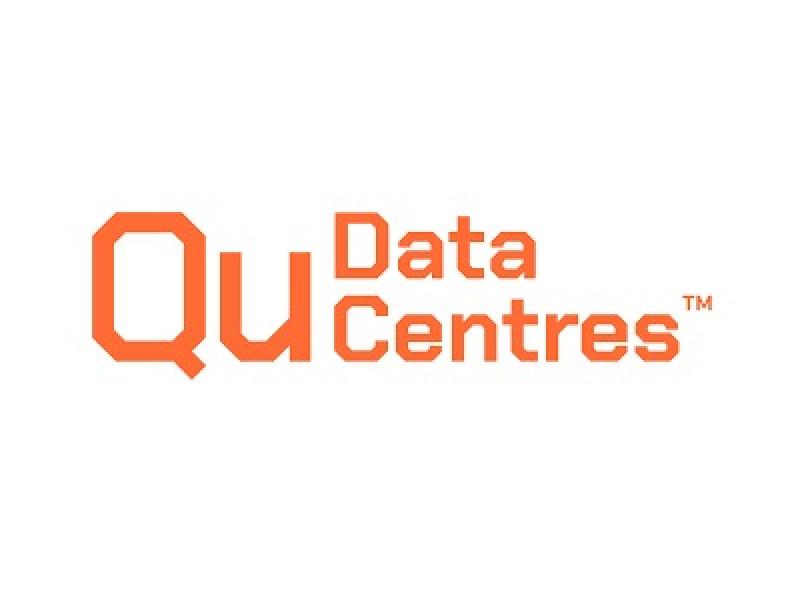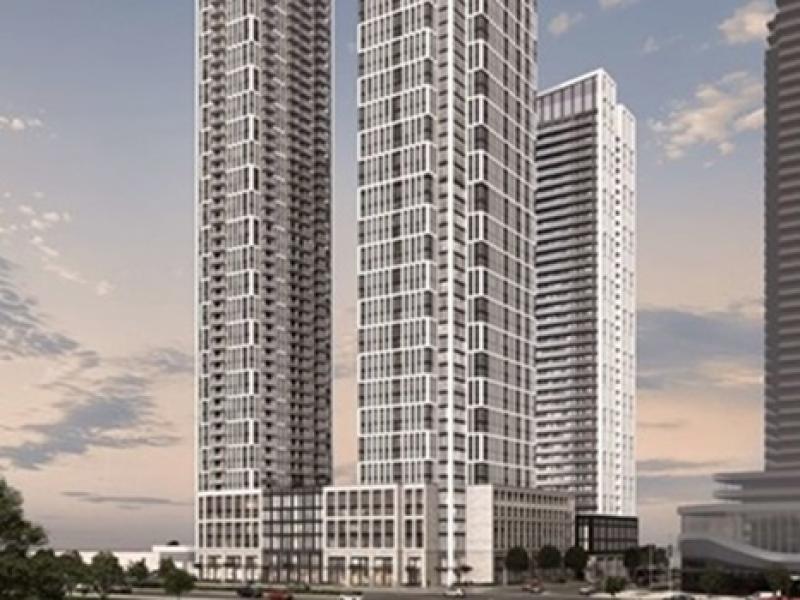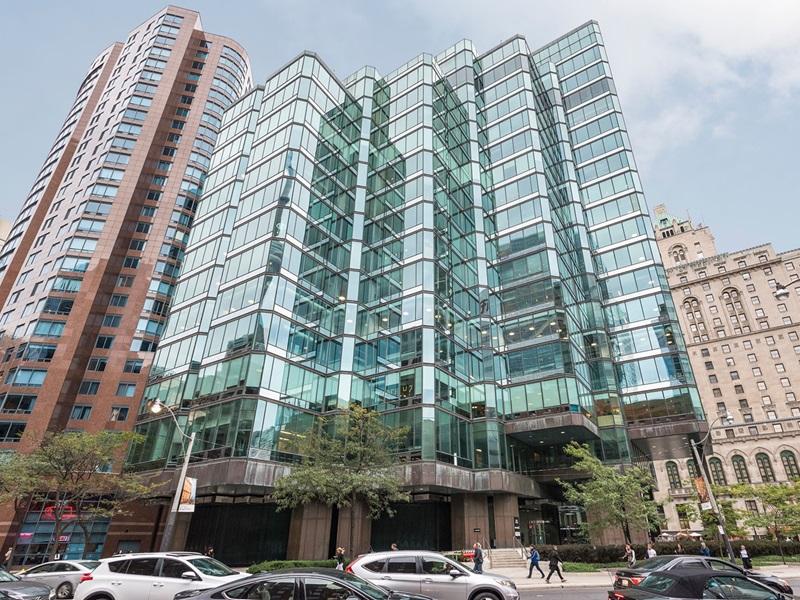GUEST ARTICLE: Rental achievement holdbacks will no longer be a policy requirement for multi-unit loan applications under the CMHC's MLI market / standard rental product.
Previously, holdbacks applied to all market/standard mortgages, restricted leverage to 75 per cent during construction and could be topped up to 85 per cent after construction was complete and lease-up achieved. Now these loans can be advanced up to 85 per cent loan-to-cost/loan-to-value (whichever is less) during construction, without the need for a rental achievement holdback.
This change is effective immediately and will be applied to market rental applications submitted on or after July 3, previously submitted applications that are not yet approved, and previously approved applications that are not yet advanced.
For loan applications under MLI Select, in alignment with current policy, a rental achievement holdback may still be applied depending on the characteristics of the application.
For a CMHC MLI Select loan, if a rental achievement holdback is applied to a loan, leverage will be reduced from a maximum of 95 per cent loan-to-cost to 75 per cent loan-to-cost during construction. This leverage can then only be topped up to 95 per cent loan-to-cost once construction is complete and rental achievement has been met.
If rental rates end up being lower than projected/underwritten rents – the top-up of the loan amount may be reduced.
We understand CMHC will continue to use a risk-based approach to determine whether a rental achievement holdback will apply. Some of these risk factors include (but are not limited to):
- Market Risks: The number of rental units coming to the market or that have recently come to the market, along with the lease-up velocity and rates of these units. In addition, the size of the market (i.e. primary vs. secondary vs. tertiary market).
- Project Risks: The number of units being brought to the market relative to the size of the market and the complexity and type of project.
- Sponsor: Experience of sponsor and construction manager with similar projects, net worth/liquidity of the sponsorship group relative to loan amount.
In light of industry feedback, CMHC has prioritized a comprehensive policy review and will hold consultations with approved lenders on the use of rental achievement holdbacks to mitigate rent-up risk as it relates to MLI Select. Following the review and consultations, CMHC will provide an update. Until such time, the current policy remains in place for MLI Select.
Premiums, surcharges and MLI Select discount schedule
Effective July 14 there will be a new premium structure in place by CMHC, which will be applied to applications submitted on or after the effective date. The details are summarised as follows:

MLI Select Discount Schedule
A new premium discount schedule will apply to all MLI Select applications where borrowers commit to affordability, energy efficiency and/or accessibility outcomes. The size of the discount increases with the number of points awarded and applies to the base premium plus any applicable surcharges.
- MLI Select Points - Premium Discount
Minimum 50 points - 10 per cent.
Minimum 70 points - 20 per cent.
Minimum 100 points - 30 per cent.
A snapshot of the CMHC's old premium schedule for reference:

Surcharges
Surcharges will apply to both the Market Rental and MLI Select products based on loan characteristics. A new surcharge will apply where effective gross income is not met at the time of first advance. All surcharges are in addition to the base premium unless otherwise noted.

Example 1: If a borrower qualifies for a $10-million term loan at 95 per cent leverage for a 50-year amortization with 100 points on MLI select for a completion take out (purchase or refinance of a newly constructed building) where EGI is not met at the time of first advance, the premium would be calculated as follows:
CMHC Premium based on New Schedule
CMHC premium (greater than 90 per cent leverage): 6.15 per cent
Surcharge of 0.25 per cent for each 5-year beyond 25-year amortization: 1.25 per cent
Surcharge for effective gross income not met: 0.25 per cent
Total premium: 7.65 per cent
MLI Select discount (30 per cent based on 100 points): -2.30 per cent
Premium payable: 5.355 per cent
Premium amount: $535,500
CMHC Premium based on Old Schedule
CMHC premium based on 100 points (EGI not met): 2.80 per cent
Premium payable: 2.80 per cent
Premium amount: $280,000
Example 2: If a borrower qualifies for a $10-million construction loan at 90 per cent leverage for a 40-year amortization with 50 points on MLI select (EGI is not met at the time of first advance), the premium would be calculated as follows:
CMHC Premium based on New Schedule
CMHC premium (up to and including 90 per cent leverage): 6.75 per cent.
Surcharge of 0.25 per cent for each 5-year beyond 25-year amortization: 0.75 per cent
Total premium: 7.50 per cent
MLI Select discount (10 per cent based on 50 points): -0.75 per cent
Premium payable: 6.75 per cent
Premium amount: $675,000
CMHC Premium based on Old Schedule
CMHC premium based on 50 points (EGI not met): 4.05 per cent
Premium payable: 4.05 per cent
Premium amount: $405,000
Why is CMHC increasing its multifamily mortgage insurance premiums?
This is likely driven by OSFI’s new higher capital requirements for multifamily properties that take effect January 2026. CMHC's Q1 2025 financial report stated:
“Capital adequacy risk has risen from moderate to high due to high multi-unit volumes and the upcoming transition to the new Multi-Unit MICAT [Mortgage Insurer Capital Adequacy Test] framework taking effect January 1, 2026. To date, we have suspended dividends in anticipation of the additional capital required as part of the transition to the new Multi-Unit MICAT framework and are evaluating other actions to maintain capital levels consistent with our capital targets.”
These "other actions" could have been to reduce the leverage on multifamily insurance programs or to increase premiums. CMHC has chosen the latter.
How did CMHC structure the premium increases?
- Effectively no changes to premiums for CMHCs standard/market mortgage loan insurance for standard rental housing.
- Premium increases for CMHC’s standard / market mortgage loan insurance for retirement homes, student housing, single room occupancy and supportive housing.
- Overall premium increases for the MLI Select program. MLI Select premiums have increased for higher leverages and higher amortizations. In addition, there is a larger difference between premiums for construction mortgages vs. term premiums.
This applies the traditional mortgage insurance approach to the MLI Select program where construction mortgages as well as higher leverages and amortizations typically commanded higher premiums due to the higher risk.
What is the magnitude of the premium increases?
Some of the largest increases are to MLI Select construction loans. For example, in a construction scenario with 95 per cent leverage, 50-year amortization and 100 points we calculate new premiums to be 5.775 per cent compared to 2.80 per cent previously, representing a 106 per cent increase in premiums.
The contrast is even more stark when compared to the premium when the program launched in spring 2022, when it was 1.25 per cent, meaning premiums for this type of leverage will have more than quadrupled since that time.
What might the changes mean?
Aside from the higher leverage and amortizations that CMHC insured financing provides, there is also a material saving in construction and term interest rates compared to non-CMHC insured financing.
However, the increase in premiums may push a larger share of multifamily mortgages into the conventional (non-CMHC-insured) market. Borrowers that want the higher leverage or lower rates that CMHC-insured mortgages offer will have to pay more for that privilege.
The higher premiums may mean projects on the margin do not move ahead due to weakened economics.
Time will tell what share of financing will move to the uninsured market and how many projects (if any) don’t move ahead at all.









